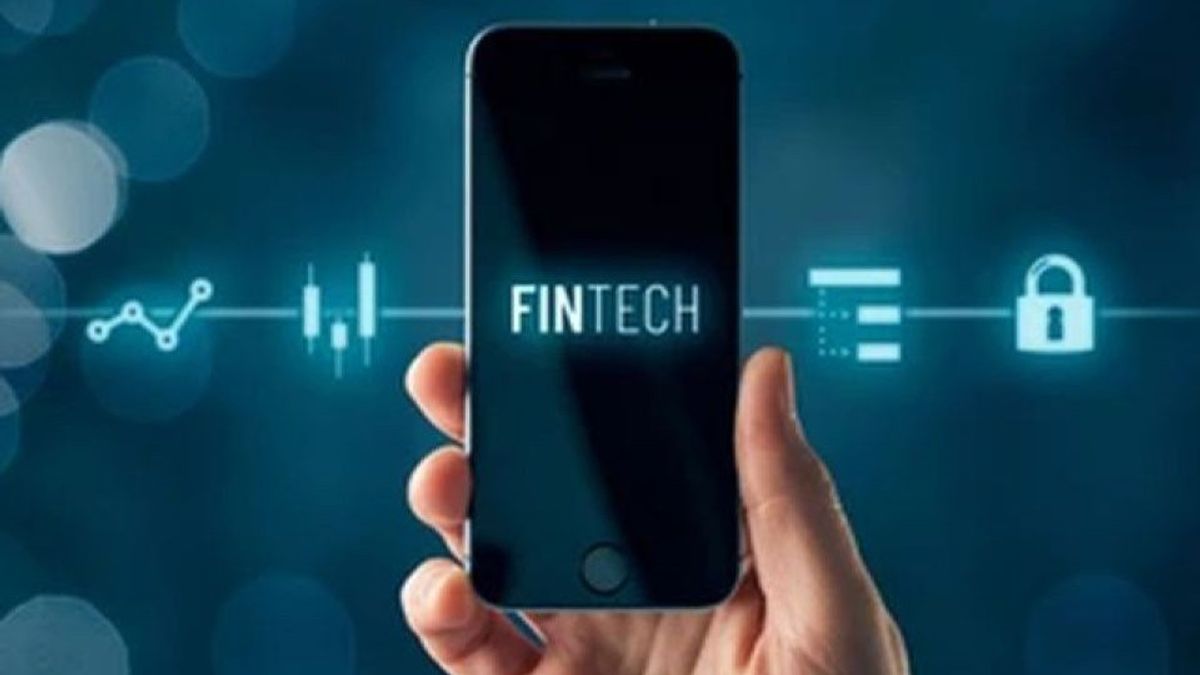JAKARTA - Director of Digital Economy CelIOS, Nailul Huda revealed, changing consumption patterns from offline to online has encouraged the development of digital products. According to him, this also includes financial products that are increasingly adopted through digital technology, known as financial technology or fintech.
One of the fintech services that grew rapidly was fintech P2P Lending, which experienced an annual increase of 59 percent during the 2020-2023 period, compared to credit card growth which was only 0.5 percent. People who are unbankable or underserved prefer alternative digital financing such as fintech P2P Lending.
"Fintech P2P Lending itself has a two-sided market business pattern, namely a market that has two types of consumers," said Nailul, quoted Wednesday, July 10.
The first consumer in fintech P2P Lending, he continued, is called the borrower or recipient of funds. Fund recipients in the Financial Services Authority Regulation (POJK) No.10/2022 concerning Information Technology-Based Joint Funding Services (LPBBTI) are mentioned as individuals, legal entities, and/or business entities that receive funding.
While the other consumer is a fund giver or called a lender, namely individuals, legal entities, and/or business entities that provide funding. The function of the fintech platform P2P Lending is to bring together lenders and borrowers. Behavior changes in one consumer can affect other consumers, including in the protection of activities. So it is important for regulators to provide protection for both bottlers and lenders.
In the latest POJK regulations, protection is still focused on the borrower side where Article 100 POJK N0.10/2022 is still in terms of data, transparency, and collection handling which is specifically for the borrower side. In fact, there is a side of the lender that also needs protection as a funding provider.
According to him, natural two-sided market systems, default on the borrower side causes losses to the lender side. In fact, the money given to the borrower is not money from the platform, but from the lender. So the platform is only as an intermediary, not as a financing distribution agency for the borrower.
"Interestingly, cases that have recently occurred involve many borrowers regardless of protection for lenders. Lenders are still considered people who are not harmed by various cases in fintech P2P Lending," explained Nailul Huda.
He explained that one of the things that the community still does not understand is that the activity of providing funds is an investment activity where there is a return in the form of a cost of benefits obtained by lenders.
When there is investment, it is only natural that there is a potential risk to be faced by lenders. This investment risk that must be known by lenders as an inseparable part of their investment activities in fintech P2P lending. Regulators must also prepare risk mitigation regulations when there is default until fraud," added Nailul Huda.
One of the alternatives offered to increase investment security in fintech P2P Lending is insurance for funds provided by lenders to borrowers. This insurance aims to protect lenders from the risk of default by borrowers, so that lenders can feel safer and calmer in investing their money through the fintech platform P2P Lending. With insurance, lenders will have assurances that the funds they lend will remain safe even if the borrowers experience difficulties in returning.
However, this solution is also full of risks, especially the moral hazard risk of the borrower. Borrowers who know that the insured funds may feel there is no need to take full responsibility for the refund. They may assume that the obligation to return is on the insurance side, not on them. As a result, this behavior could lead to an increased risk of higher default, known as 90-day default/ default rate (TWP). When borrowers do not feel fully responsible, they may be less motivated to fulfill their timely payment obligations.
This potential will be even greater when the credit scoring process has not been able to fully describe the quality of the borrower. Moreover, there is no collateral given by the borrower to fintech P2P Lending which further makes the moral hazard potential occur. Borrower does not provide assets that can be used as collateral, so there is no additional pressure for them to repay the loan. This makes insurance have to be careful in formulating policies and managing risks, so as not to get caught up in major losses due to the increasing rate of default.
SEE ALSO:
Thus, mitigation steps were taken at the beginning of transactions at fintech P2P Lending, both from the borrower side and from the lender side. From the borrower side, credit scoring must be sharpened the validation of it. Integration of innovative credit scoring (ICS) used by fintech P2P Lending with data on financial information service systems (SLIK) must be done as initial filter data to screen the bad borrower from scratch. Then, insurance becomes an option option that is given freedom to the borrower (especially for productive credit) in order to increase the value of their credit scoring. Information regarding insurance participation is displayed when lenders want to provide funds to the borrower, "he explained,
In terms of lenders, information regarding investment risk must be explained when starting investment. This investment risk must be accompanied by an assessment in terms of a lender related to the risk profile of a lender, the same as what is done when the investment risk profile assessment of fintech wealth management.
"Thus, the platform can also provide appropriate borrower recommendations for lenders according to the risk profile. Understanding about lender investment must also look in terms of the impact that will be given by lender to the borrower and business world in general," concluded Nailul Huda.
The English, Chinese, Japanese, Arabic, and French versions are automatically generated by the AI. So there may still be inaccuracies in translating, please always see Indonesian as our main language. (system supported by DigitalSiber.id)
















